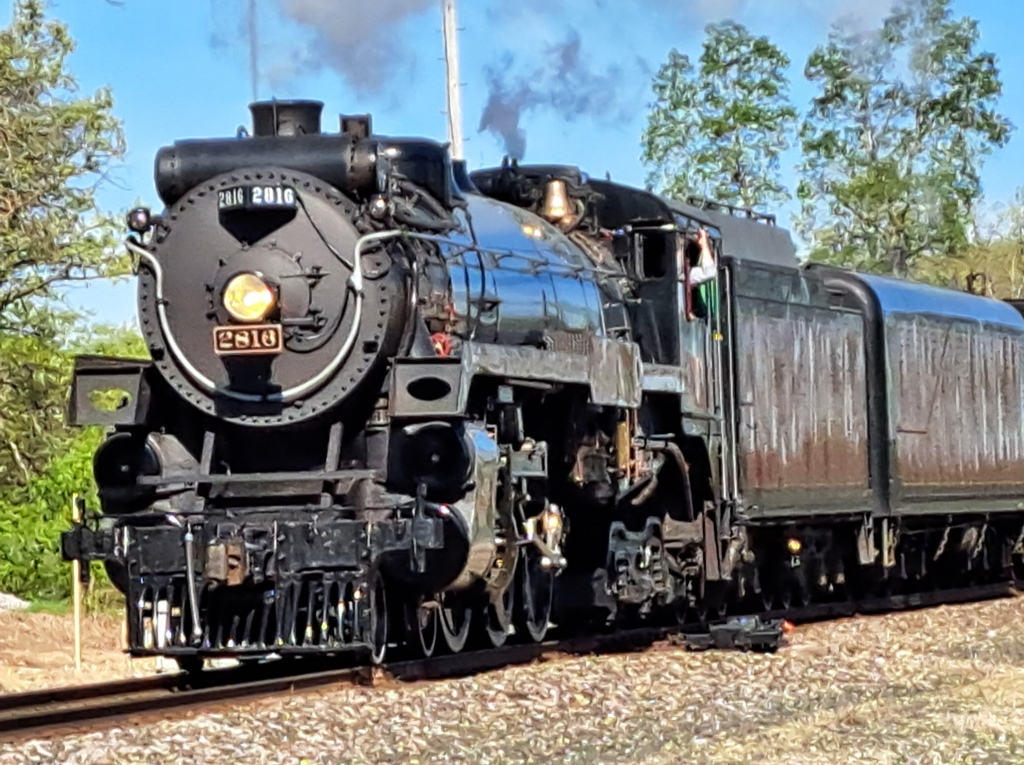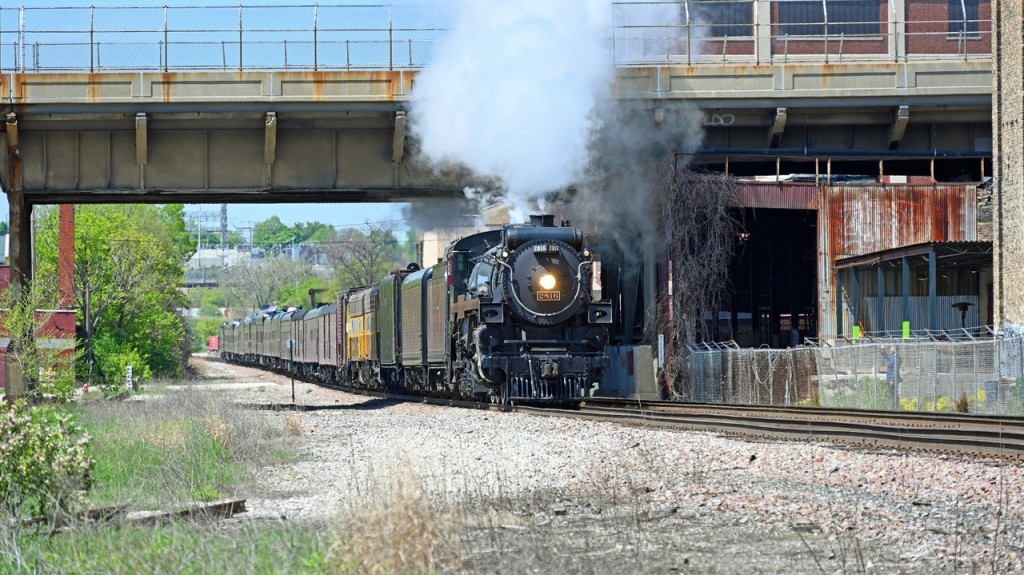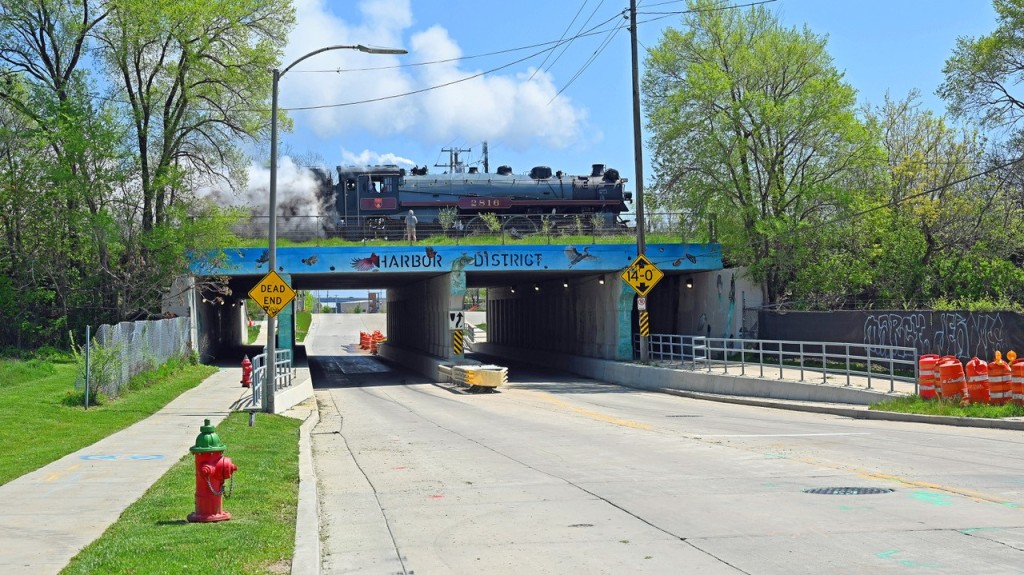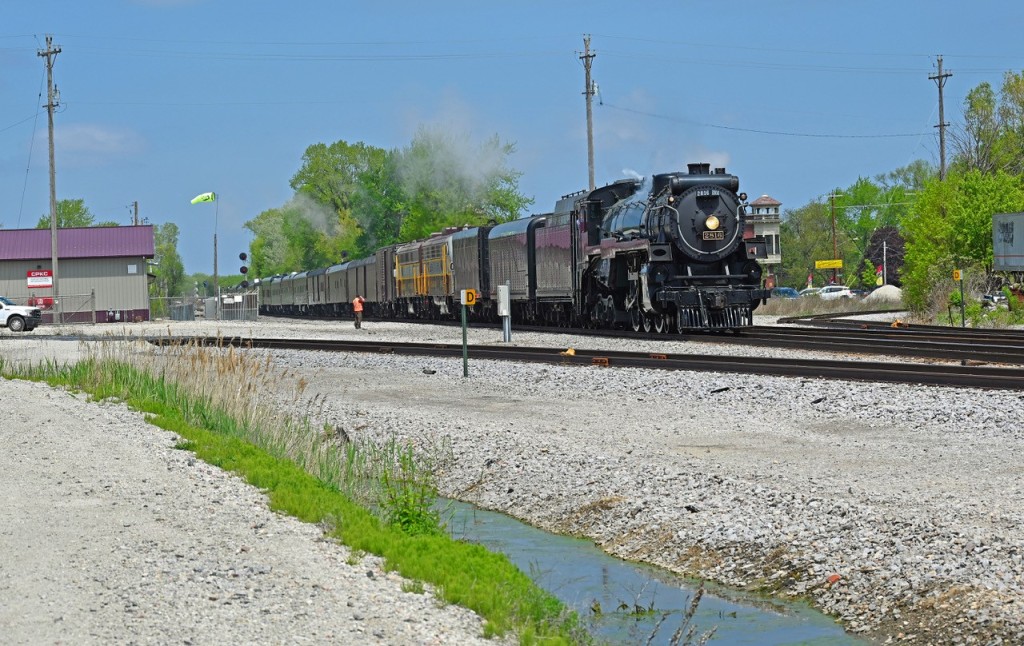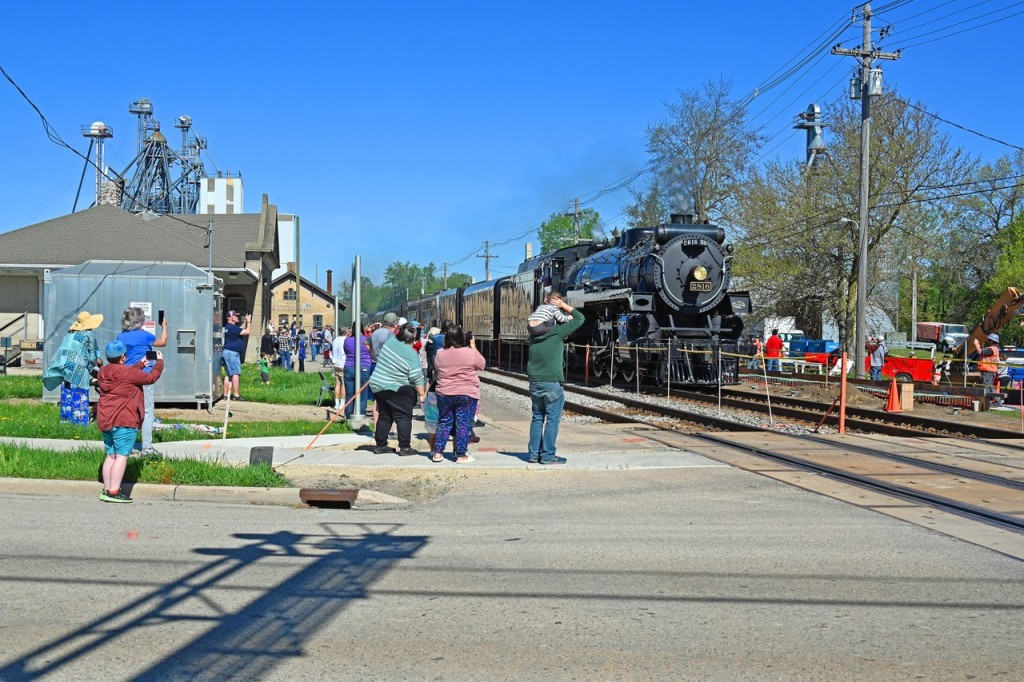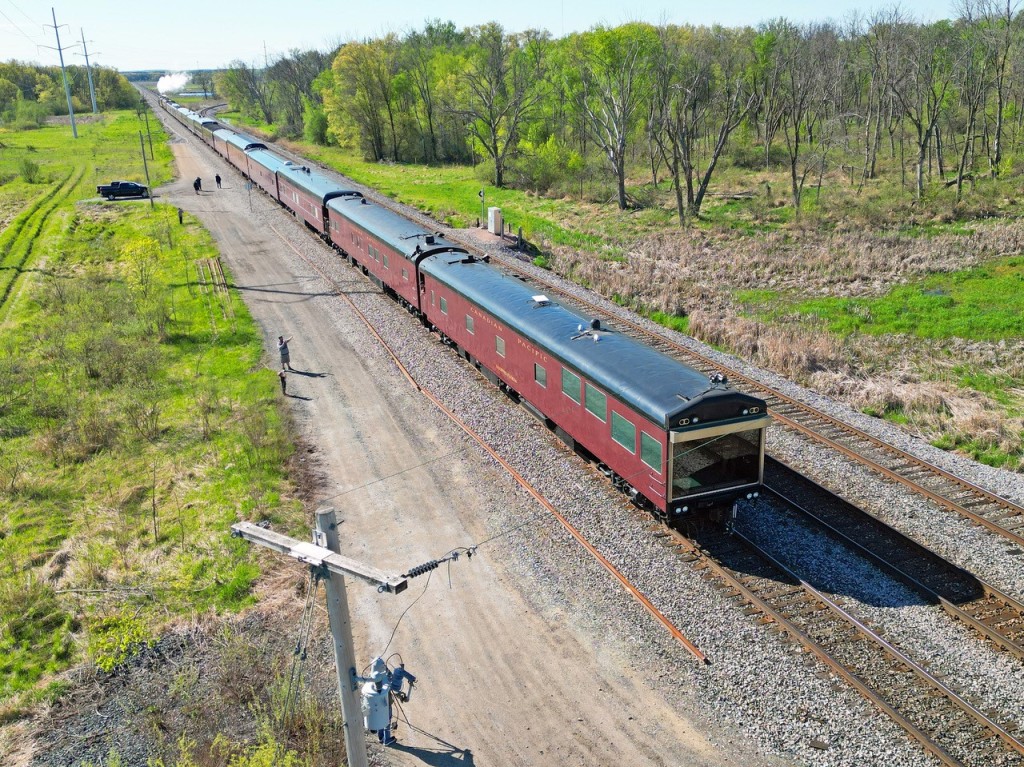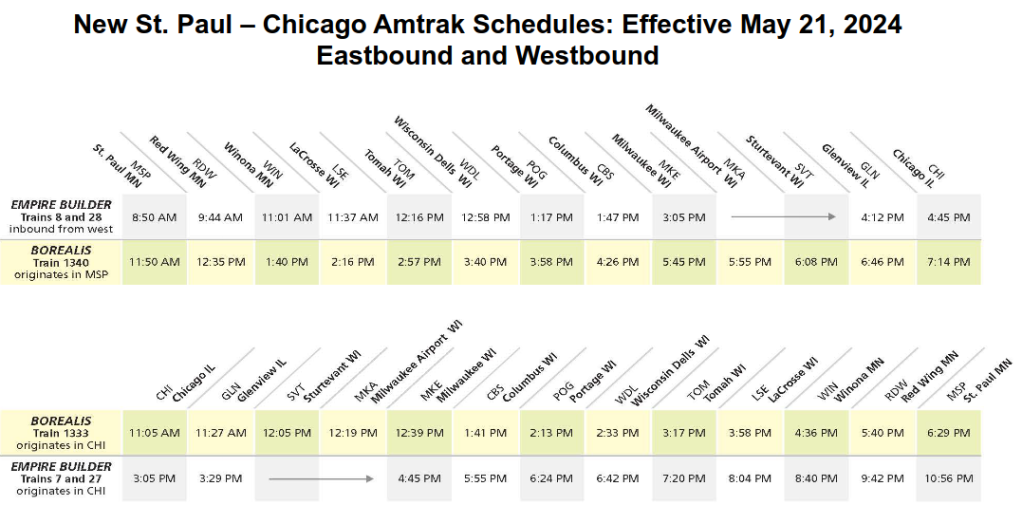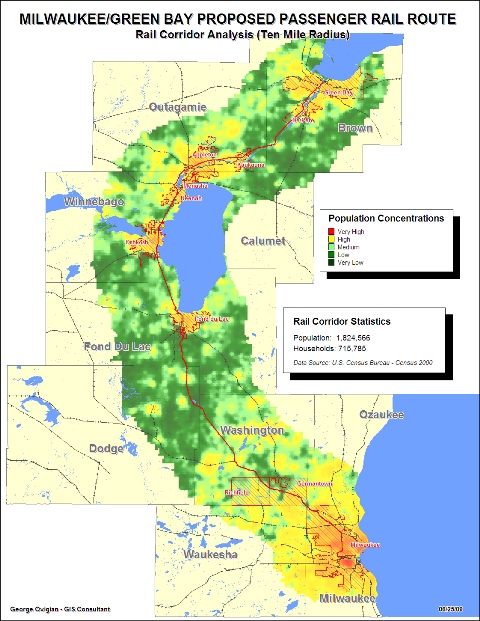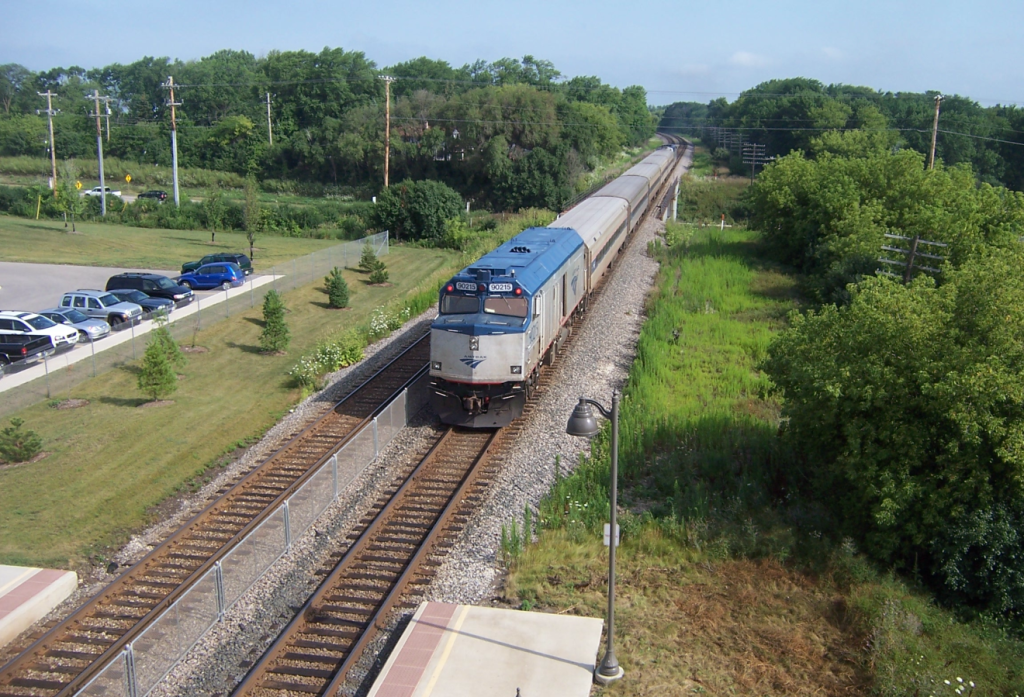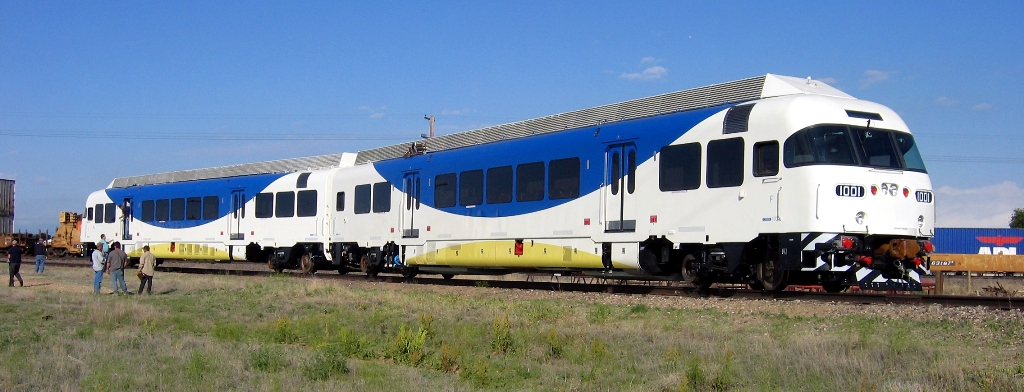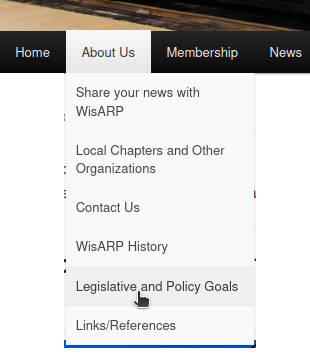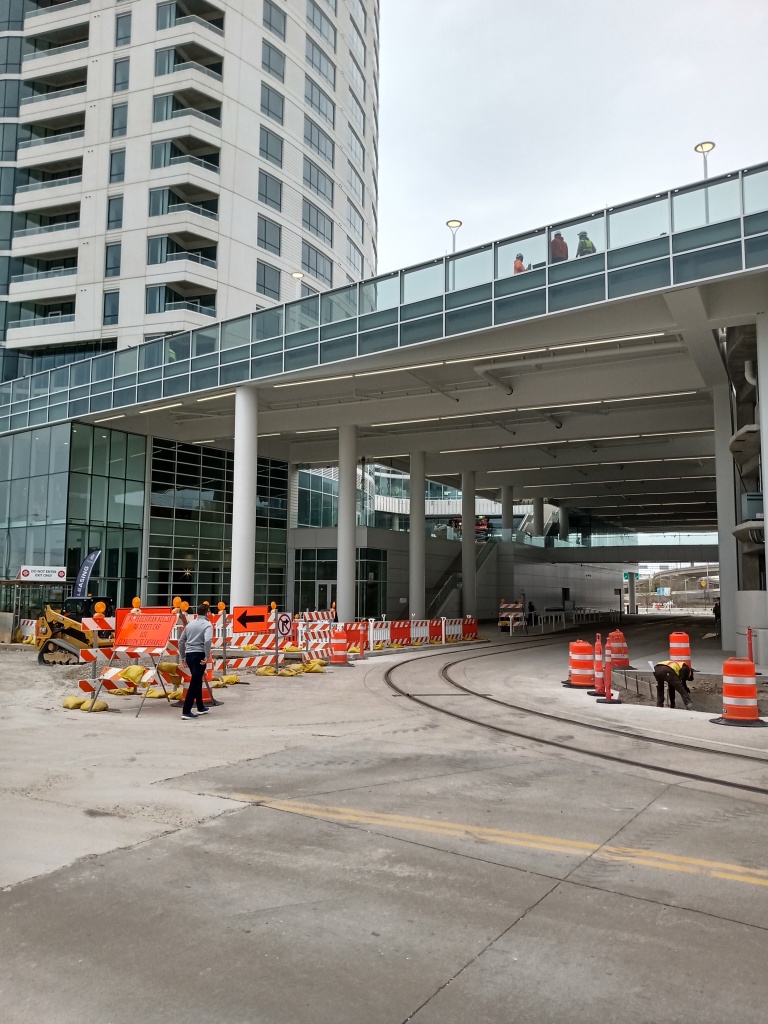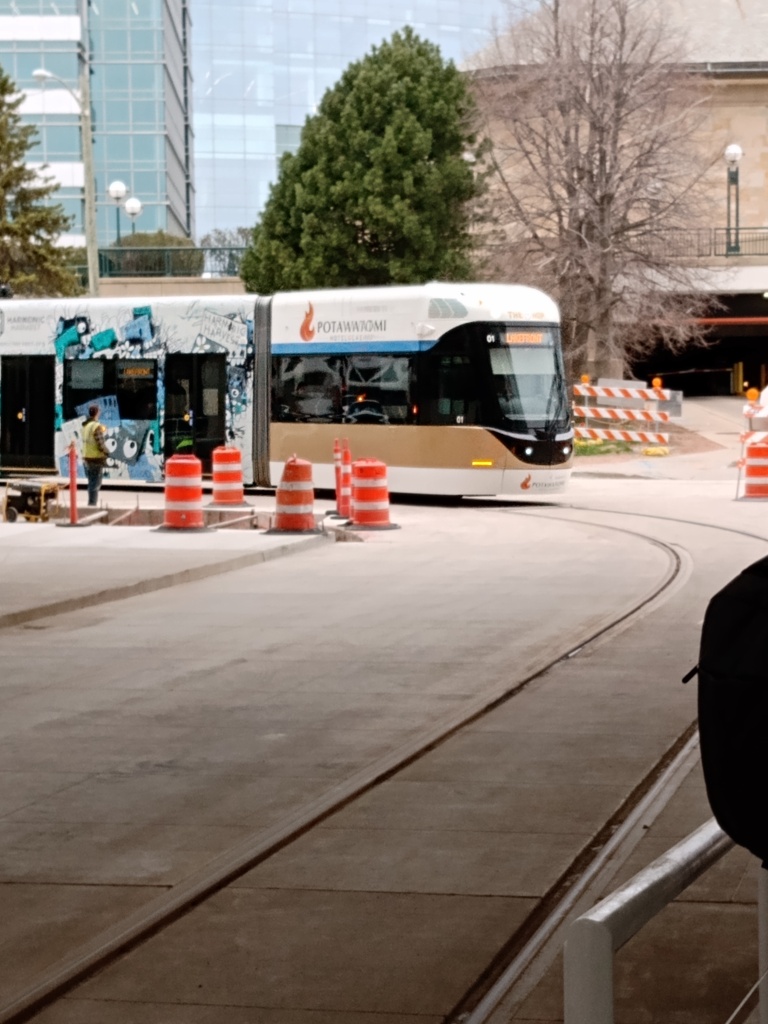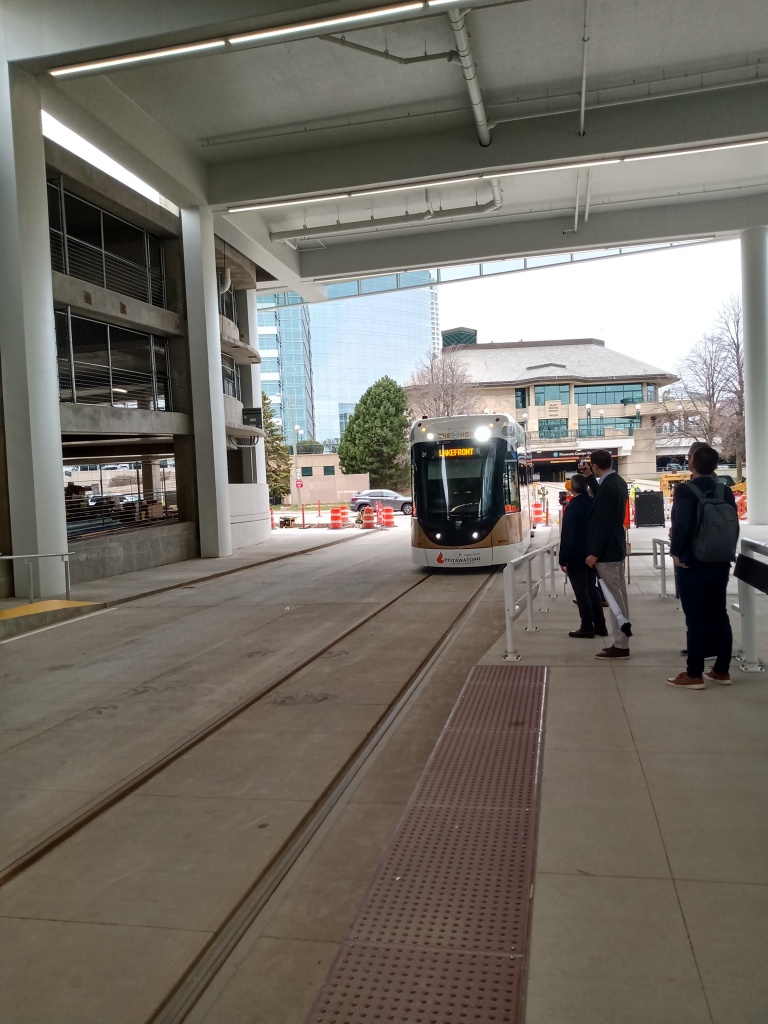Rich Kedzior of WisDOT presented a series of updates during WisARP’s Spring 2024 meeting at Wisconsin Dells.
Hiawatha Service is back up to 75% of pre-pandemic ridership, and is back up to 5 coaches on each trainset (pre-pandemic was six coaches). The Milwaukee Airport Rail Station second platform is under construction, and its completion is one prerequisite for an 8th daily Hiawatha trip.
Two projects in central Milwaukee are in progress. The downtown Milwaukee Intermodal Station tracks will receive signal improvements and Centralized Traffic control (CTC). Freight trains will bypass the passenger station on a new main through Muskego Yard. Due to the yard’s constraints in the Menominee Valley, adding the new main requires re-configuring part of the yard.
Rich described TCMC as “so close we can taste it,” and listed the five remaining agreements to be finalized (3 state operating agreements, Ramsey County agreement for use of St Paul station, and Amtrak-FRA grant agreement). When asked about the “Borealis” service name, WisDOT, he stated that WisDOT “cannot officially confirm or deny the name of the new TCMC service.” The service can start before completion of the $56 million in improvements and capacity expansion, mostly in Minnesota.
Two more new corridor services (Milwaukee-Madison-Eau Claire-Twin Cities and a Hiawatha extension to Green Bay) will be studies and developed through the FRA Corridor ID program, plus additional Hiawatha frequencies and an additional TCMC frequency . WisDOT will begin soliciting consultants for Step 1 of all four services in May 2024. Since the local match for Step 2 has not yet been budgeted by WisDOT, service development could be accelerated by communities, particularly by meeting the local funding match requirements without waiting for the Wisconsin Legislature’s biennial budget cycle.
Finally, in response to an audience question, WisARP has begun recruiting a volunteer cadre of educators to help inform county, city, and other local leaders on their stakeholding roles.

